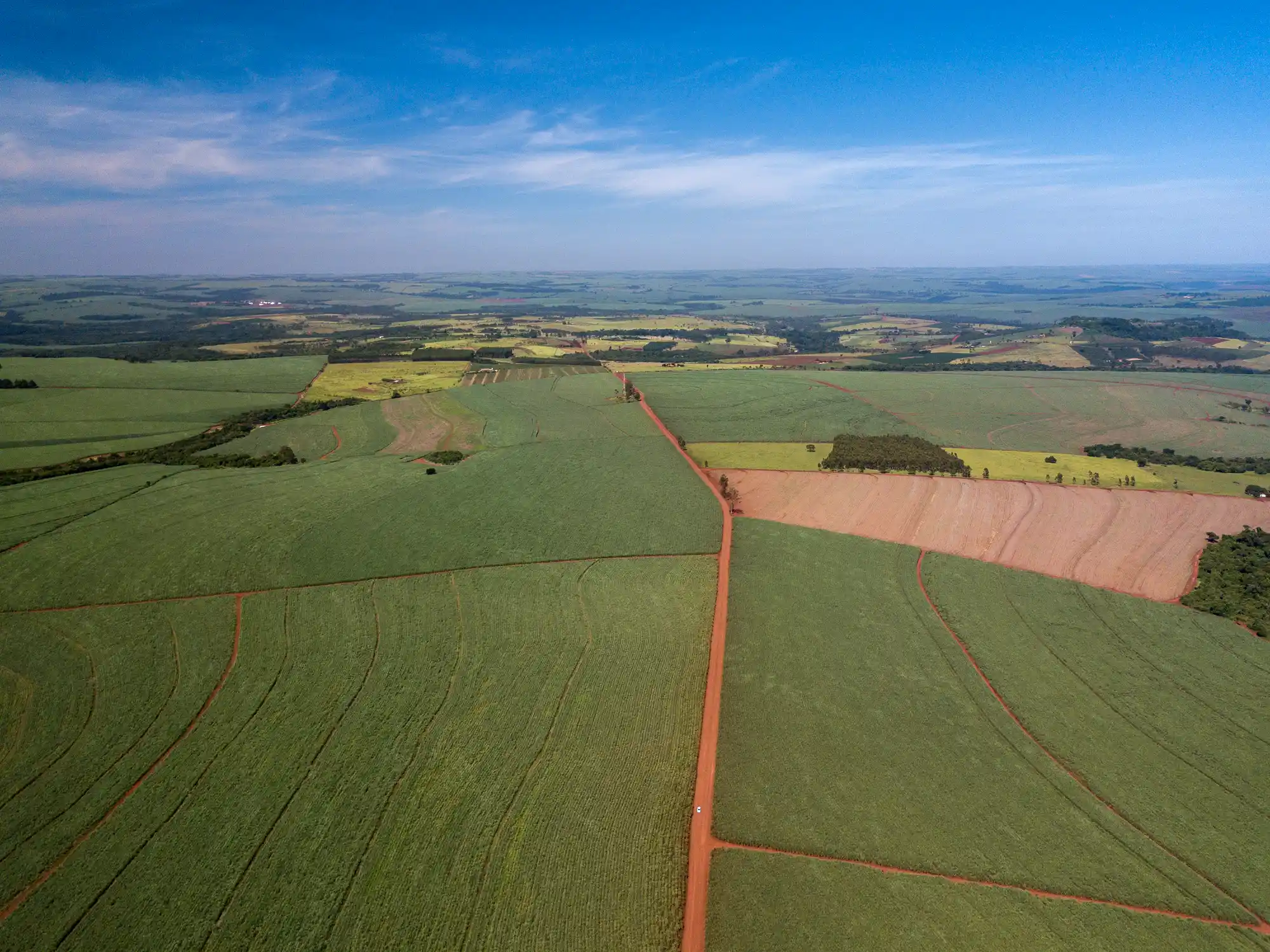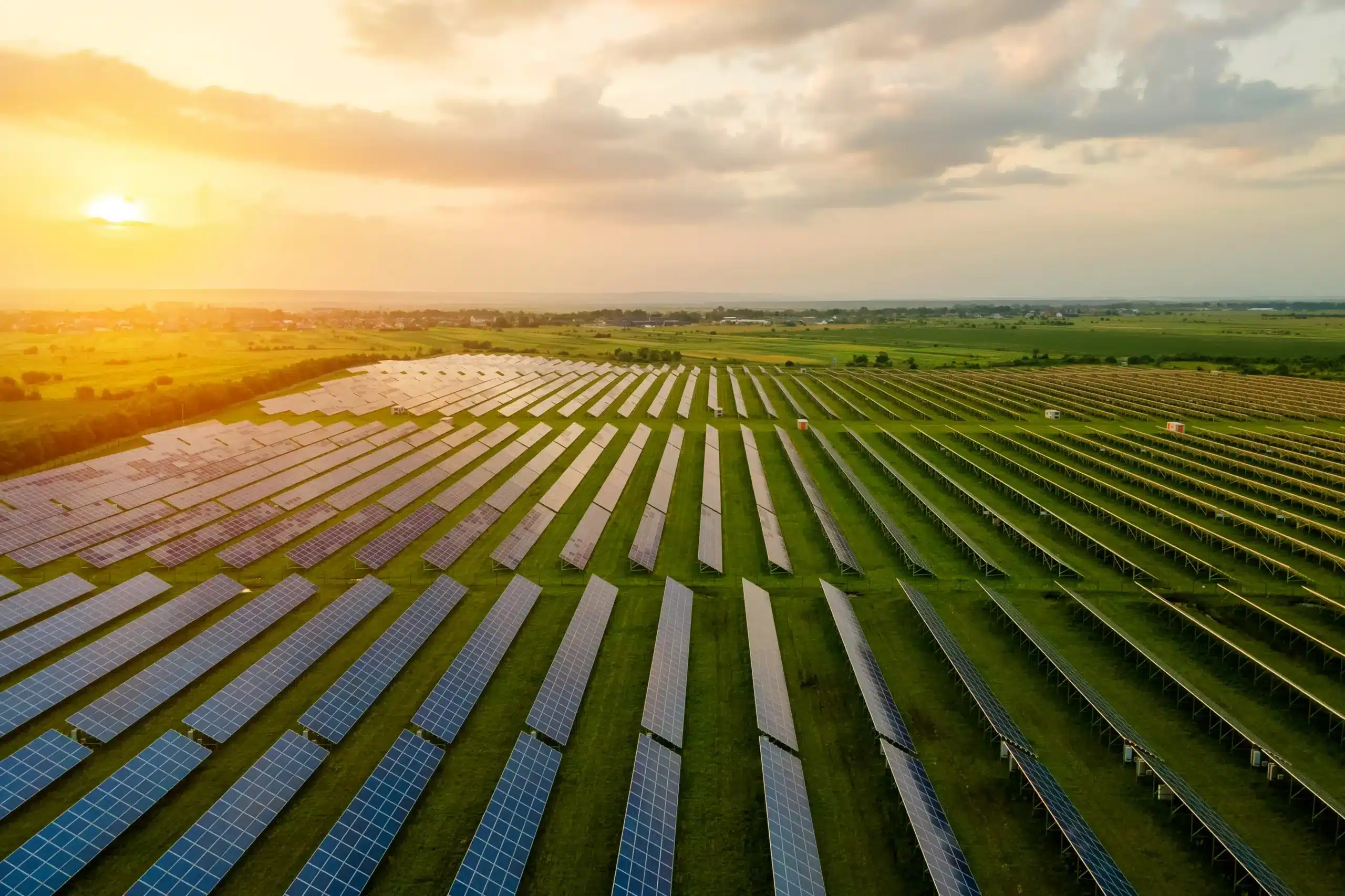POSTED
December 20, 2024
How to Determine if Your Land is Zoned for Solar Utility Use
Solar power is becoming a dominant force in the global energy market. In 2022, solar power generation increased by a record 270 terawatt-hours (TWh), marking a 26% rise from the previous year. This growth means solar energy now contributes approximately 4.5% of total global electricity generation. For landowners, this surge presents an exciting opportunity.

Transforming your land into a solar farm can open up a new revenue stream while contributing to a sustainable future. But, before you seize this opportunity, it’s important to determine if your land is zoned for solar utility use since the leading cause of canceled solar projects stems from local ordinances or zoning issues.
This article will help you navigate the zoning process to make an informed decision about putting solar power on your property.
What are Zoning Laws?
Zoning laws are local regulations that dictate how land within specific areas can be used. Municipalities and counties divide regions into zones designated for particular purposes, shaping development patterns to maintain orderly growth and manage environmental impact. These ordinances help avoid conflicts by separating incompatible uses and promoting public welfare through safety and environmental standards.
Zoning Categories Relevant to Solar Farms
- Agricultural Zoning: In some rural areas, solar installations are permitted, especially if the land can support both agricultural activities and energy production.
- Industrial Zoning: Industrial zones can often accommodate large-scale solar developments due to ample space and distance from residential areas.
- Mixed-use and Special Use Zoning: Certain municipalities allow solar installations through conditional use permits within mixed-use or planned developments.
Local governments may also issue permits like conditional use permits (CUPs), allowing non-traditional uses under specified conditions.
Why Zoning Matters for Solar Development
Zoning laws play a big role in solar projects by setting the parameters for permissible land use. Developers must secure zoning approvals before construction begins, which involves navigating local ordinances, attending public hearings, and sometimes requesting amendments to existing zoning maps.
These legal requirements can extend project timelines, especially if the land needs to be rezoned or if local residents oppose the development during the approval process. Aligning with zoning requirements quickly is essential for efficient project execution.
How to Determine Your Land’s Zoning

Because zoning plays such a big role in utility-scale solar developments, it is crucial to understand how your land is zoned.
Contacting Local Government Offices
The best place to start is to identify the appropriate planning or zoning department in your county or city government. When you call or visit, have your property’s address or parcel number on hand. Ask about the specific zoning designation of your land and any relevant regulations like height limits or permitted land uses. Also, ask if your property lies in special zoning areas, like flood zones or overlay districts, which could affect its development potential.
Key Questions to Ask:
- What is the current zoning classification for my property?
- Do any conditional use permits or zoning overlays apply?
- How can I request a zoning variance if needed?
- Are there any upcoming zoning changes or planning initiatives that could impact my area?
Using Online Zoning Maps and GIS Tools
Many municipalities and counties offer online Geographic Information Services (GIS) mapping tools to make zoning information more accessible. These tools allow you to search by address or parcel number to view zoning designations and other property details. If the online resources seem unclear or incomplete, contacting the local planning department can provide clarification and additional insights. Some GIS platforms even include zoning codes, future planning initiatives, or restrictions, saving you a trip to the municipal office.
Factors That Make Land Suitable for Solar Farms

Several factors influence a property’s potential for solar energy projects. Evaluating these factors can help determine if your land is a good candidate for solar development.
Land Size and Topography
Developers generally seek large, contiguous plots of land. They prefer a minimum of 160 acres for efficiency and profitability. This scale helps spread fixed costs across a larger capacity.
Flat terrain is ideal because it simplifies construction and minimizes shading issues. However, sites with slight slopes facing south can enhance solar energy capture. Land with minimal obstacles is ideal, allowing for efficient panel installation without costly modifications to the site.
Sunlight Exposure
High solar irradiance is essential for productive solar farms. Land in regions with abundant sunlight throughout the year maximizes energy output. Inadequate sunlight levels or frequent shading from surrounding structures can reduce the feasibility of a solar project.
Proximity to Infrastructure
Access to transmission lines and substations plays a key role in project viability. Land situated close to infrastructure reduces interconnection costs, which can escalate quickly. A good baseline is to expect approximately $100 per kilowatt (kW) of grid interconnection costs. Proximity to major roads also helps streamline construction logistics, lowering project expenses.
Environmental and Regulatory Considerations
Environmental factors can complicate development. Landowners need to assess whether their property falls under protected categories like wetlands or habitats for endangered species. These considerations may require additional permits or restrict development altogether.
Verifying whether your land is zoned for solar utility use is an essential first step in developing a solar farm. By understanding zoning laws and assessing your property’s suitability, you position yourself to capitalize on the growing demand for renewable energy. Understanding your land’s potential not only offers financial benefits but also contributes to a more sustainable future.
If you are interested in partnering with Shasta Power, visit our landowners page. You can also contact us to learn more about what we do and the benefits of partnership.





